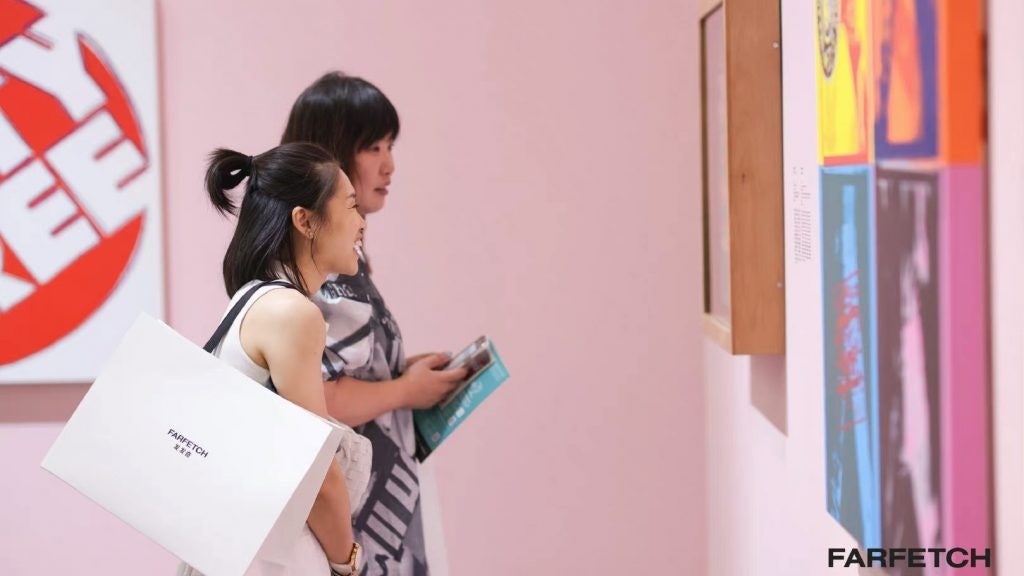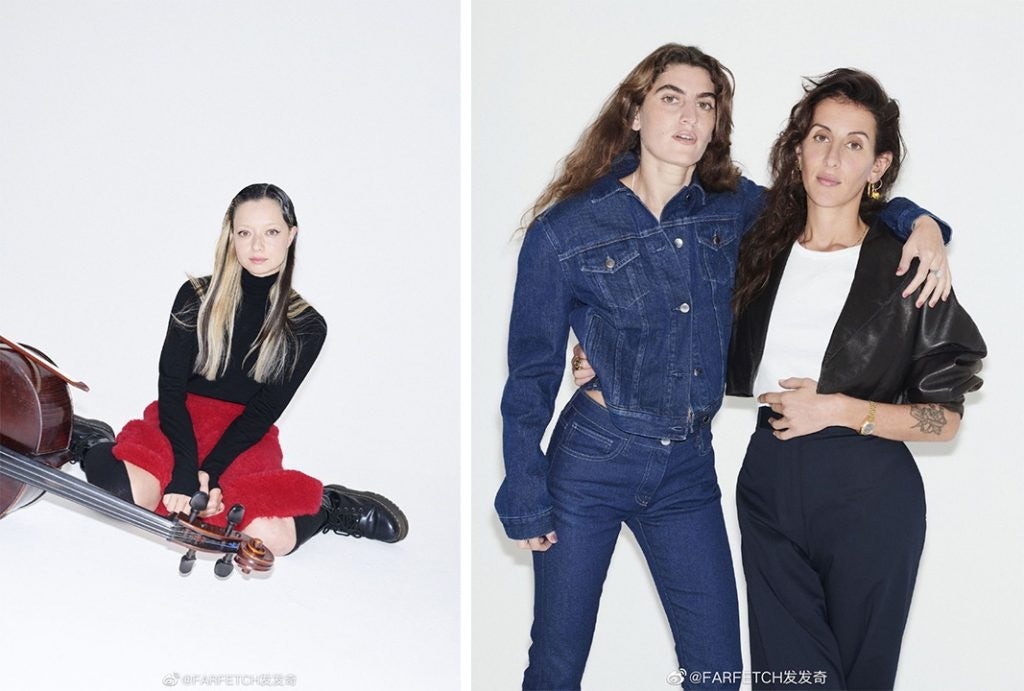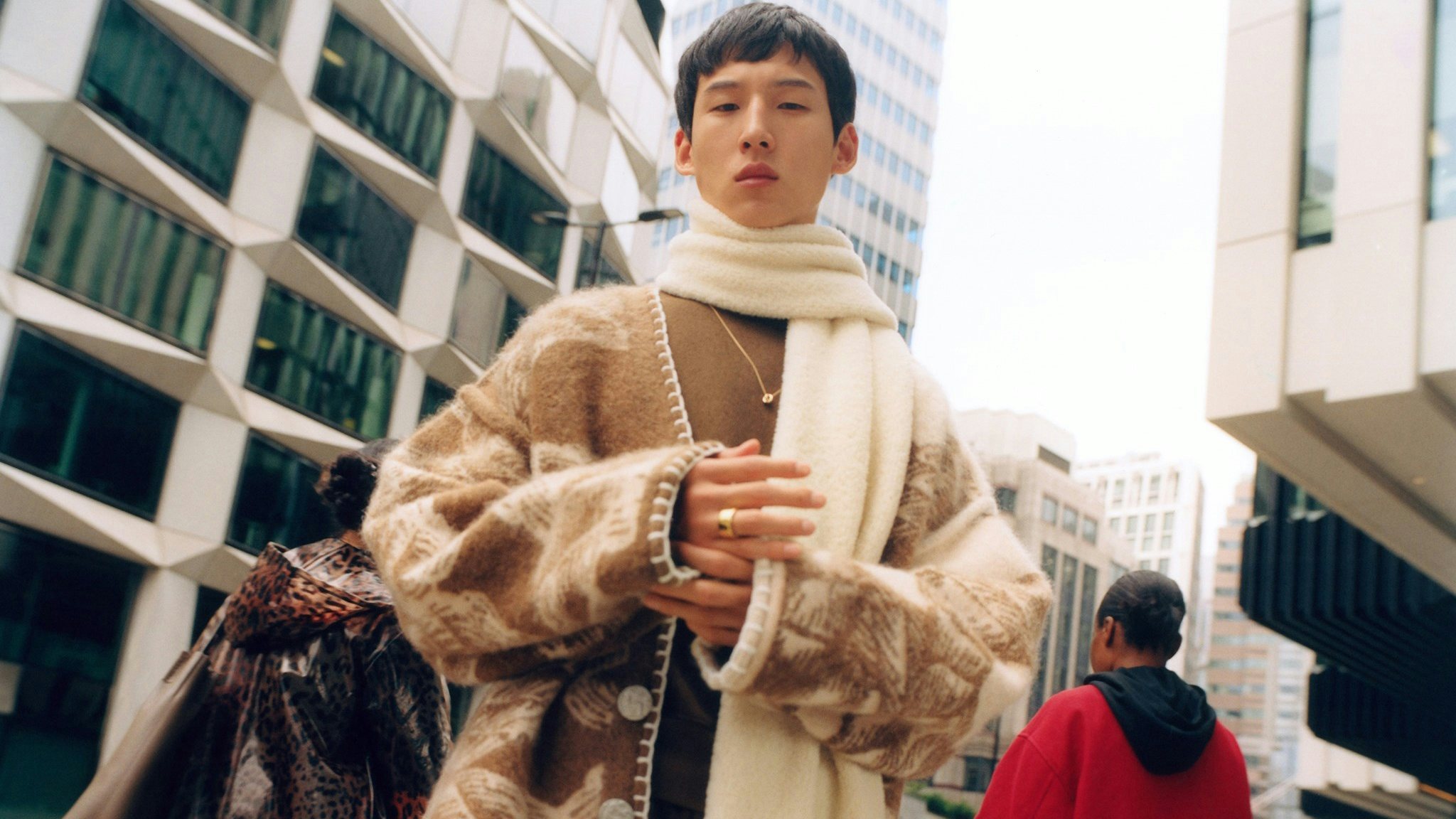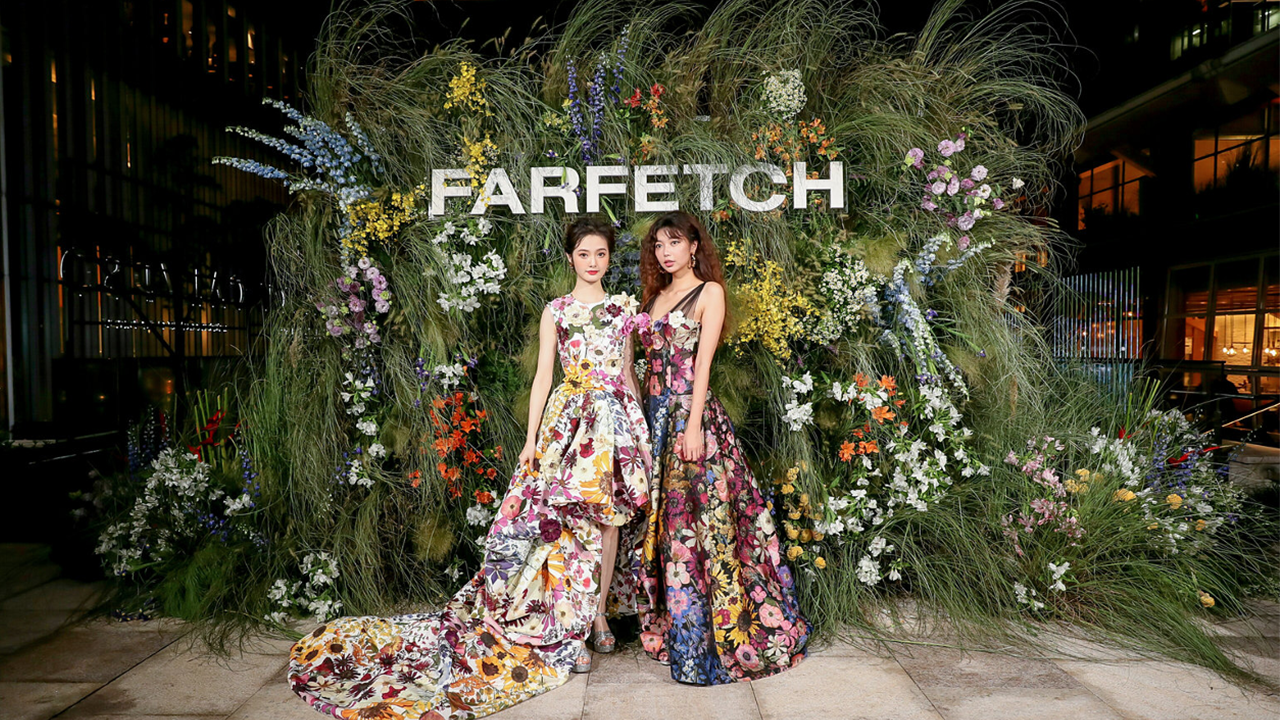In 2020, Farfetch shook the fashion world with the announcement of a landmark deal: Alibaba, Richemont, and Artemis would invest 1.15 billion in the luxury retail platform and its new venture specifically tailored to the Chinese market.
This cooperation would not only help global brands access Chinese consumers but also reimagine the luxury shopping experience by leveraging Farfetch’s and Alibaba’s omnichannel technologies. As Farfetch founder José Neves commented, the tie-up was a “strong validation of [Farfetch’s] position as the global platform for luxury.”
Since then, a lot has changed. Notably, Farfetch officially launched its flagship store on Tmall in March 2021, ushering in more than 3,000 small and independent brands. The London-based company also entered talks with Richemont for a potential minority investment in rival Yoox Net-a-Porter to create a “neutral platform,” which, if achieved, could broaden Farfetch’s customer base and its supply of curated products. And just last week, it announced an investment of up to 200 million in Neiman Marcus Group to revolutionize the customer journey.
Now, as fresh COVID-19 outbreaks in China disrupt offline business once again, the industry titan finds itself at the forefront of a huge growth opportunity. Below are a few reasons Farfetch could emerge as the leader of luxury e-commerce.
Digital sales are Farfetch’s bread and butter#
Globally, online channels ballooned to an estimated €62 billion in market value in 2021, up 27 percent from the year prior. In China, digital sales of personal luxury goods outpaced physical sales across all categories, increasing almost 56 percent, according to Bain & Co. Although pandemic-induced store closures in the world’s second largest economy are only temporary, they nevertheless point to the advantages of e-commerce in times of uncertainty.
And this rapid digitalization has worked in Farfetch’s favor. Serving as a virtual marketplace for independent boutiques, the 15-year-old company has seen its numbers surge: in fiscal 2021, Farfetch achieved its first full-year of profitability at the adjusted EBITDA level, with revenue jumping 35 percent year-over-year to 2.3 billion and gross merchandise value surpassing 4.2 billion. Although its stock price is another story (sinking nearly 70 percent over the past year), the e-tailer’s underlying business remains strong — supported by over 3.6 million customers.
Forging strong ties with China’s VIPs#
While Bain & Co. warns that China’s luxury consumption may decelerate in 2022, the country is still on track to become the world’s largest luxury goods market by 2025. As such, Farfetch has ramped up its operations in the country. Earlier this year, it finally rolled out Tmall Luxury Pavilion storefronts for Off-White, Ambush, and Palm Angels after acquiring New Guards Group in 2019. The company has also put concerted effort into developing Chinese brands, according to Alexis Bonhomme, Farfetch’s Vice President of Commercial, Greater China and APAC, onboarding names like Shang Xia, Uma Wang, Canotwait_, and Team Wang.
On top of this, the luxury platform is committed to a high level of localization, from utilizing social channels like WeChat, Weibo, Douyin, and Xiaohongshu — its primary traffic and conversion touchpoints — to strengthening customer relations. Specifically, an important part of Farfetch’s China business is offering “Private Clients” premium experiences such as dinners, master classes, and art exhibitions. As Bonhomme told Jing Daily in a previous interview, “Farfetch China has now become the most localized Western platform in luxury operating in China.”

Investing in the future#
In addition to localization, Farfetch has doubled down on category expansion. In December 2021, it announced the acquisition of resale platform LUXCLUSIF in hopes to significantly accelerate its resale capabilities through features such as automated pricing and authentication. This move aligns with industry trends, which show that resale is growing three times faster than the primary market; in fact, Farfetch reported that half of its customers bought or sold pre-owned products in the first year of the pandemic.
Sustainable goods are also on the up-and-up, growing three times as fast as regular products. That’s why the British-Portuguese retailer launched its own sustainable brand in October 2021 called There Was One, described as elevated closet staples that transcend the hype. Created alongside New Guards Group, the fledgling label focuses on carefully planned drops instead of following a seasonal calendar.

Finally, Farfetch is also leaping onto the luxury beauty bandwagon, estimated to be the second largest category within the personal luxury market after leather goods. In January 2022, it announced the acquisition of cult favorite luxury beauty destination Violet Grey — best known for vetting beauty products with its community of makeup artists, dermatologists, estheticians, and influencers — to gain the latter's industry expertise. This comes ahead of a planned launch of beauty on Farfetch Marketplace later this year.
Standing out from the crowd#
Of course, Farfetch isn’t the only player to zero in on China’s e-commerce opportunity. Just last month, Mytheresa quietly opened an official e-boutique on JD.com, bringing brands like Balmain, Versace, and Ganni to JD’s 550 million active users. However, Mytheresa’s CEO Michael Kliger pointed out that this approach “is very different” from that of Farfetch. “We are not looking for high sales of accessories like bags and shoes but see a flagship store as a channel to build brand awareness to JD.com visitors,” he explained to FashionUnited.
Despite mounting competition from international e-commerce platforms, Farfetch has maintained an upper hand by focusing on both brand awareness and sales, boosted by its localization and diversification strategies. Partnerships with Alibaba and the Neiman Marcus Group further differentiate Farfetch from other marketplaces and put it one step closer to conquering the global luxury frontier.


